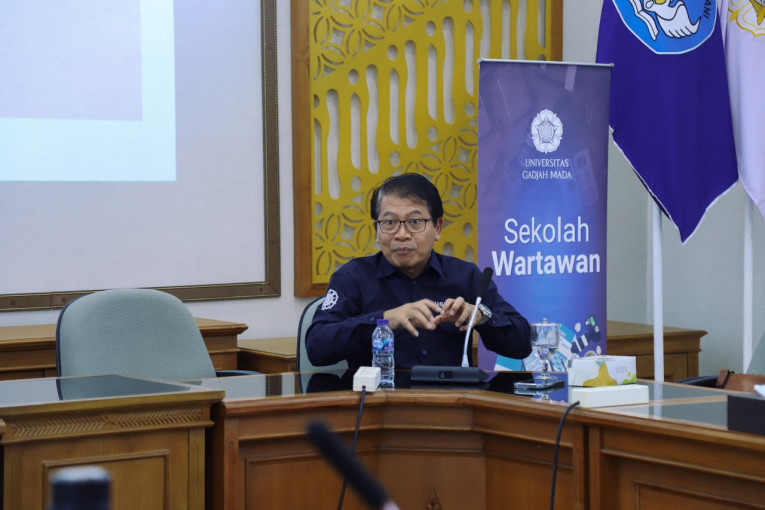
Drought threats have hit various regions in Indonesia due to the low rainfall during the dry season.
According to a water management expert from UGM, Dr. Agus Maryono, the alternating disasters of droughts and floods during each dry and rainy season are caused by the lack of a unified approach to address the issue systematically and holistically.
“The dry season and rainy season are inseparable. During the rainy season, we need to manage rainwater for the dry season; during the dry season, we prepare for the rainy season. It’s an unbroken cycle,” Dr. Maryono explained during a session at the Sekolah Wartawan (Journalist School) held by the UGM Public Relations Office on Wednesday, August 30.
One of the most effective ways to anticipate droughts is by implementing rainwater harvesting methods. Rainwater harvesting can be done with simple techniques and equipment for households, industries, communities, and agricultural lands.
Households can create rainwater storage facilities with excess water in infiltration wells. Meanwhile, rainwater harvesting can be done through conservation ponds for agricultural areas.
“In Australia, around 40 percent of urban households have rainwater storage; in rural areas, it’s around 60 percent. In Indonesia, it’s still around zero point something percent, even though the potential is enormous,” Dr. Maryono said.
He also noted that rainwater quality is quite good and safe for consumption. Therefore, according to him, rainwater is the future of water resources used for various human needs.
Dr. Maryono has been actively involved in the Indonesian Rainwater Harvesting Movement (Gerakan Memanen Hujan Indonesia or GMHI), established in 2015. The technology he developed, called the Gama Rain Filter, has been implemented in various regions in Indonesia with promising results.
“In some areas, it has been installed, and residents who used to buy water during the dry season can now get sufficient water from rainwater storage,” he explained.
Efforts During the Dry Season
Regarding the situation in various regions already facing the imminent threat of drought, Dr. Maryono mentioned several efforts that can be made alongside utilizing clean water supplies provided by local governments, as seen in Gunungkidul Regency.
According to Dr. Maryono, communities can seek potential water sources that may still be available, such as along riverbanks and underground rivers.
They can also restore unused wells by cleaning and digging them deeper. By doing so, communities do not have to rely too heavily on water deliveries.
“In Gunungkidul, many underground rivers still hold plenty of water during the dry season. With pumps, water can be extracted, ensuring that the community doesn’t run out of water,” Dr. Maryono explained.
Author: Gloria
Photographer: Donnie

